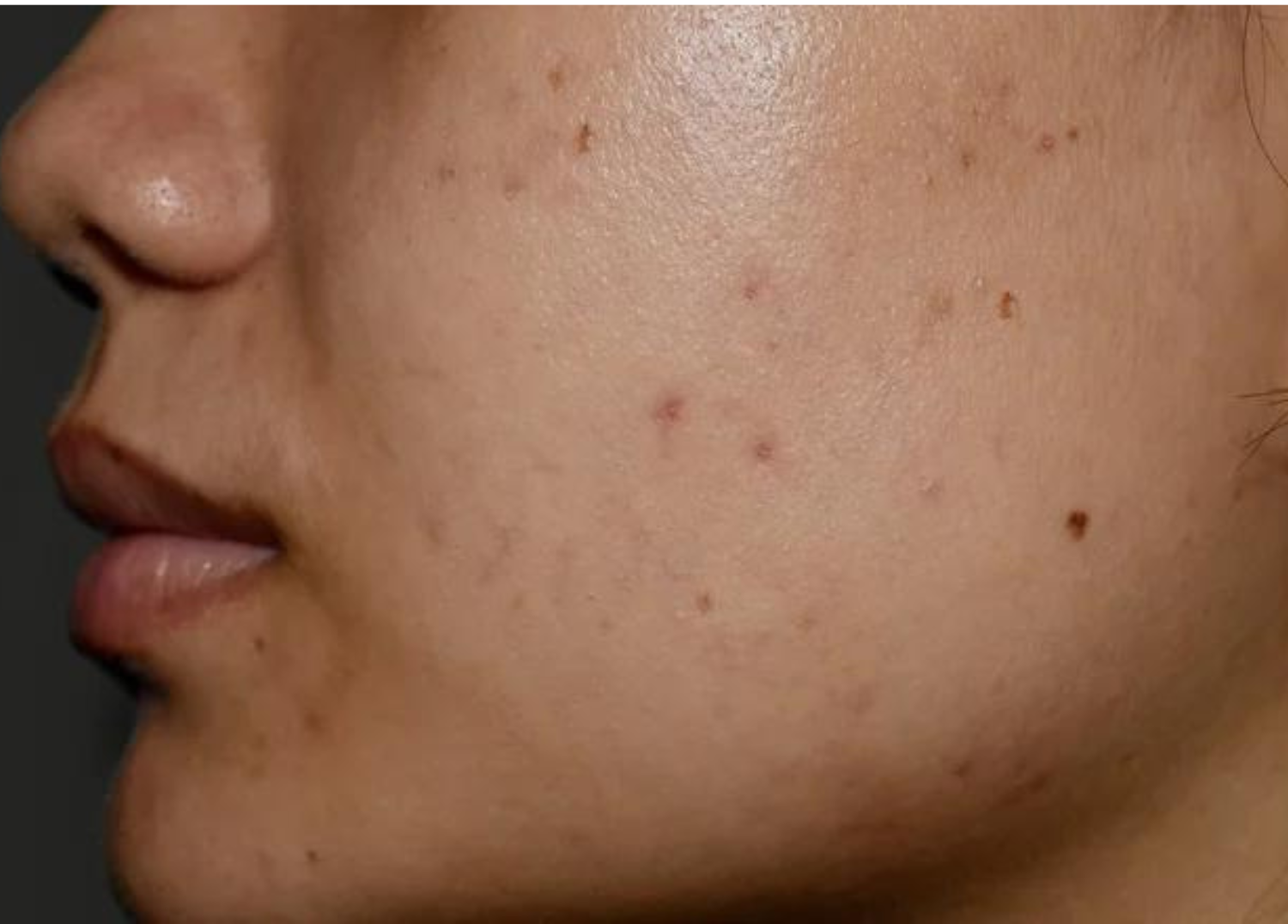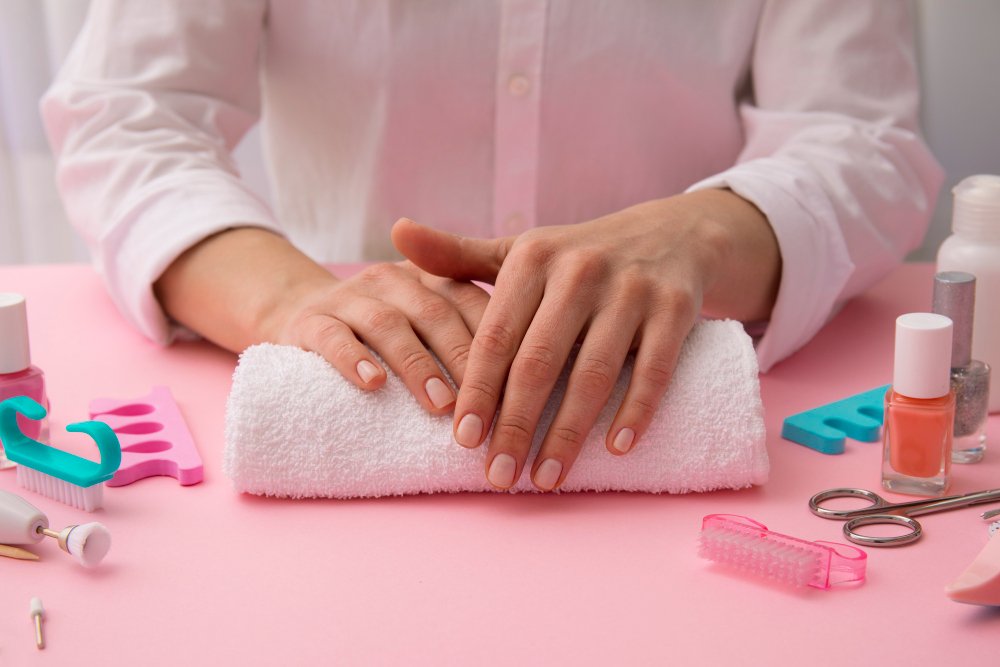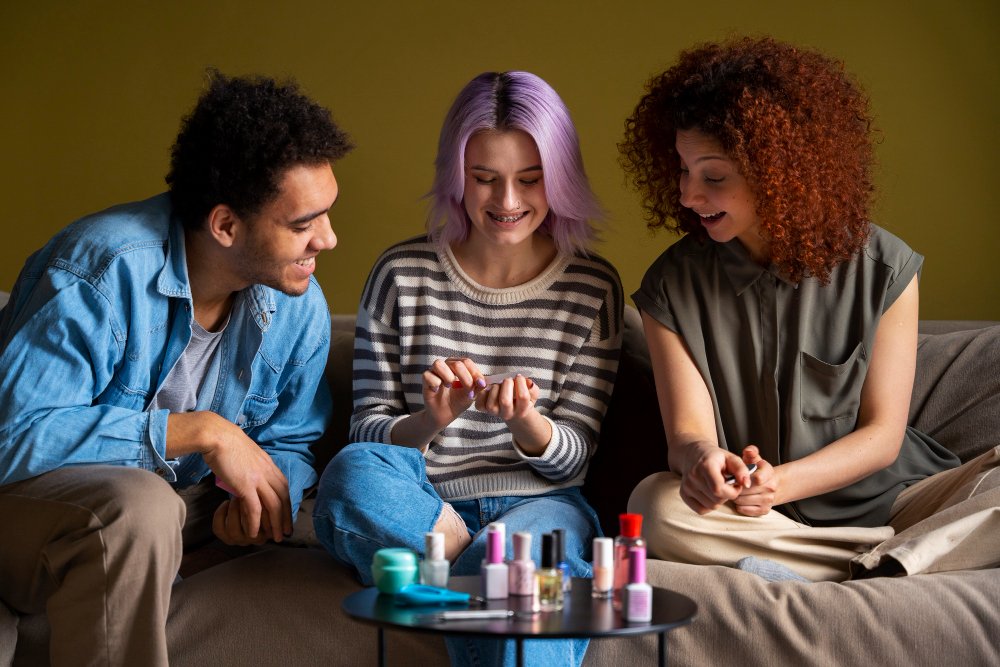Ever noticed those pesky little patches of discoloration on your skin? You’re not alone! Dark spots, also known as hyperpigmentation, are a common skin concern that can affect anyone, regardless of their skin type or tone. While generally harmless, they can be a source of frustration for many, impacting confidence and the desire for an even complexion. But what exactly causes them? What do they look like? And most importantly, what can you do to fade them and prevent new ones from appearing? Let’s dive in!
What Are Dark Spots (Hyperpigmentation)?

Dark spots are essentially areas of the skin where there’s an overproduction of melanin, the pigment that gives our skin, hair, and eyes their color. When melanin is produced in excess or unevenly distributed, it can lead to concentrated areas of darker pigmentation, forming those noticeable spots. Common Causes of Dark Spots: Understanding the root cause is the first step towards effective treatment. Here are the most frequent culprits behind hyperpigmentation:
Sun Exposure (The #1 Culprit!)

Undoubtedly, ultraviolet (UV) radiation from the sun is the leading instigator of hyperpigmentation. When your skin is exposed to sunlight, it triggers melanocytes (melanin-producing cells) to generate more melanin as a protective response against UV damage. Over the years, this cumulative exposure can lead to localized concentrations of melanin, manifesting as “sun spots” or “age spots.” These are essentially areas of sun-induced hyperpigmentation, often appearing on areas most exposed to the sun, such as the face, hands, and décolletage.
Post-Inflammatory Hyperpigmentation (PIH)

Ever had a particularly bad breakout, a cut, or even an insect bite? When your skin heals from inflammation or injury, it can sometimes leave behind a dark mark. This is PIH, and it’s particularly common after acne lesions. occurs when the skin heals from an inflammatory event or injury. This means that after a pimple, cut, burn, or even an insect bite, the skin can sometimes leave behind a dark mark. The inflammation process stimulates melanocytes to produce excess melanin, which then gets deposited in the healing tissue. PIH is particularly prevalent following acne breakouts, often lingering long after the initial blemish has resolved.
Melasma

Often appearing as symmetrical patches, particularly on the face (forehead, cheeks, upper lip), melasma is a type of hyperpigmentation strongly linked to hormonal fluctuations. Pregnancy, birth control pills, and hormone replacement therapy can all trigger or worsen melasma. Sun exposure also plays a significant role in its development.
Hormonal Changes
As mentioned with melasma, various hormonal shifts can influence melanin production, leading to dark spots.
Certain Medications

Some pharmaceutical drugs can induce hyperpigmentation as a side effect. This includes certain antibiotics, anti-inflammatory medications, and even some chemotherapy agents, which can either cause photosensitivity (increased sensitivity to sunlight) or directly stimulate melanin production.
Genetics
Unfortunately, some individuals are genetically predisposed to developing dark spots. Their inherited genetic makeup can make their melanocytes more prone to overproducing melanin.

Skin Trauma

Any form of irritation or injury to the skin can potentially lead to PIH. This encompasses aggressive scrubbing, chemical burns, or even certain aesthetic procedures if they are not performed with appropriate care, highlighting the importance of proper skin care and professional treatment.
Recognizing the Symptoms: What Do Dark Spots Look Like?
Dark spots can vary in appearance, but generally, you’ll observe:
- Color: They can range from light brown to black, red, or even grayish, depending on your skin tone and the depth of the melanin.
- Size: They can be tiny freckle-like spots or larger, more diffuse patches.
- Shape: They can be round, oval, irregular, or follow the pattern of a healed wound.
- Texture: They are typically flat and smooth, feeling no different from the surrounding skin. If a dark spot is raised, itchy, or changing in size or shape, it’s crucial to consult a dermatologist to rule out more serious conditions.
Effective Remedies for Dark Spots: Your Path to Clearer Skin
While patience is key, there’s a lot you can do to lighten existing dark spots and prevent new ones. At-Home Solutions
Sun Protection (Non-Negotiable!)

This is the MOST important step. Consistent daily use of a broad-spectrum sunscreen with an SPF of 30 or higher, even on cloudy days, is crucial. Sun protection not only prevents new spots but also stops existing ones from getting darker. Wear hats and seek shade!
Topical Skincare Ingredients
Look for products containing ingredients known for their melanin-inhibiting and skin-brightening properties:

- Vitamin C: A powerful antioxidant that brightens skin and helps inhibit melanin production.
- Niacinamide (Vitamin B3): Reduces inflammation and helps prevent melanin transfer to skin cells.
- Alpha Hydroxy Acids (AHAs) – Glycolic Acid, Lactic Acid: Gently exfoliate the top layer of skin, helping to shed pigmented cells.
- Beta Hydroxy Acids (BHAs) – Salicylic Acid: Excellent for PIH, especially from acne, as it’s oil-soluble and penetrates pores.
- Retinoids (Retinol, Tretinoin): Increase cell turnover, which helps shed pigmented cells more quickly. Start slowly with retinoids as they can be irritating.
- Kojic Acid: Derived from fungi, it inhibits melanin production.
- Alpha Arbutin: A natural derivative of hydroquinone that brightens the skin.
- Licorice Root Extract: Contains compounds that can inhibit melanin production and soothe skin.
- Consistency is Key: Skincare for dark spots requires patience and consistent application for several weeks to months to see noticeable results
Professional Treatments (Consult a Dermatologist)

For tackling more stubborn or widespread dark spots, a dermatologist can provide advanced in-office treatments. Chemical peels use stronger acid concentrations to deeply exfoliate the skin and reduce pigmentation. Laser therapy, utilizing technologies like Q-switched or picosecond lasers, precisely targets and breaks down melanin for reabsorption, effectively diminishing dark spots. Intense Pulsed Light (IPL), while not a laser, uses broad-spectrum light to target pigment, making it particularly effective for sun spots. Microneedling creates microscopic punctures, stimulating collagen and enhancing the absorption of brightening serums, indirectly aiding in pigmentation reduction. Additionally, dermatologists can prescribe powerful topical medications such as hydroquinone, stronger retinoids, or custom-compounded formulas for targeted treatment.
Embrace Your Skin’s Journey

Dark spots are a common part of our skin’s journey, but with the right knowledge and consistent care, you can effectively manage them. Prioritize sun protection, incorporate brightening ingredients into your routine, and don’t hesitate to seek professional guidance when needed. Your journey to clearer, more radiant skin is within reach!










